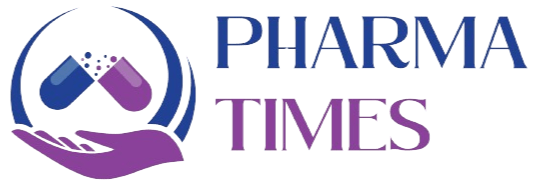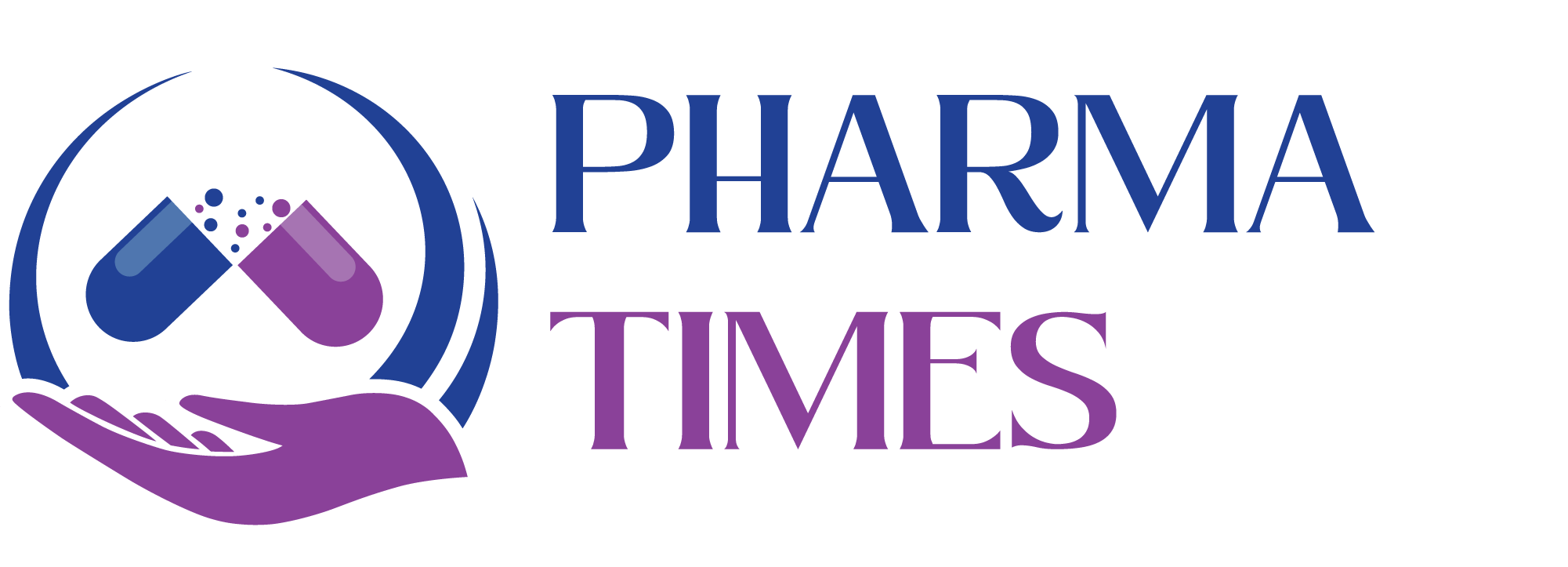SOP for Performance Check of UV-Visible Spectrophotometer.

Standard Operating Procedure (SOP)
Here’s a detailed Standard Operating Procedure (SOP) for the Performance Check of a UV-Visible Spectrophotometer, suitable for use in pharmaceutical, chemical, or academic laboratories.
1. Purpose
To ensure the UV-Visible Spectrophotometer is functioning accurately and is providing reliable, consistent results, this SOP outlines the steps for performing regular performance checks.
2. Scope
This SOP applies to all personnel using or responsible for the maintenance of the UV-Visible Spectrophotometer in [insert department, lab name, or organization].
3. Responsibility
-
Lab Technicians: Perform the daily and monthly checks.
-
Lab Manager: Oversee the performance check process and ensure that corrective actions are taken when necessary.
4. Definitions
-
Spectrophotometer: An instrument used to measure the intensity of light absorbed by a sample at different wavelengths in the ultraviolet and visible ranges.
-
Performance Check: A routine test to verify that the spectrophotometer is operating correctly.
5. Equipment and Materials
-
UV-Visible Spectrophotometer
-
Calibration standards (e.g., Potassium Dichromate for wavelength accuracy)
-
Water (deionized or distilled)
-
Standard Cuvettes
-
Record log sheet for performance checks
6. Procedure
6.1 Daily Performance Check (Before Use)
-
Warm-up the instrument: Switch on the UV-Vis spectrophotometer and allow it to warm up for at least 15–30 minutes.
-
Zeroing the instrument:
-
Place a cuvette filled with deionized water in the sample holder.
-
Close the sample compartment and set the instrument to “zero” absorbance for both the UV and visible ranges.
-
-
Check Lamp Function: Ensure the UV and visible lamps are functioning properly. The display should indicate the lamp status.
6.2 Wavelength Accuracy Check
-
Select Wavelength Calibration Standard: Use a known standard, such as potassium dichromate or other appropriate standard.
-
Potassium dichromate: Absorbance peaks should be checked at wavelengths of 235 nm, 257 nm, and 313 nm (or as per the manufacturer’s recommendations).
-
-
Perform the Check:
-
Set the spectrophotometer to the specified wavelength.
-
Measure the absorbance at each wavelength and compare the result to the expected value from the standard.
-
-
Acceptable Range: If the measured absorbance is within the acceptable tolerance (usually ±2 nm), the instrument is performing correctly. If it falls outside the tolerance, recalibration is required.
-
Record Results: Document the results in the performance check log.
6.3 Photometric Accuracy Check
-
Select a Standard Solution: Use a standard solution with known absorbance (e.g., Potassium Dichromate).
-
Perform the Check:
-
Set the spectrophotometer to the wavelength where the known absorbance is expected.
-
Measure the absorbance at that wavelength.
-
-
Compare the Reading: Compare the reading with the standard value provided for the chosen wavelength.
-
If the reading is within the acceptable range, the photometric accuracy is satisfactory.
-
If the reading is outside the expected range, the spectrophotometer requires maintenance.
-
-
Record Results: Document the results.
6.4 Stray Light Check
-
Use the Sodium Chloride (NaCl) solution: A high absorbance value (e.g., around 340 nm for NaCl).
-
Set the Spectrophotometer to the specified wavelength: 340 nm or as per instrument manufacturer instructions.
-
Check for Stray Light: Ensure that the absorbance is nearly 100%, and stray light is minimal (usually <0.5%).
-
Record Results: If the stray light exceeds the acceptable limit, service or calibration may be required.
6.5 Resolution and Bandwidth Check
-
Check Resolution: Ensure the instrument displays a narrow peak with no broadening.
-
You can check this by measuring the absorbance of a sharp peak from a known standard.
-
-
Check Bandwidth: Ensure the spectrophotometer’s bandwidth settings are suitable for the analysis required (typically between 1–2 nm).
-
Document Results: Record all observations and ensure any deviations are addressed.
6.6 Daily Shutdown
-
Turn off the Spectrophotometer: After the performance check, turn off the instrument and clean the cuvettes.
-
Clean the Sample Compartment: Use a lint-free cloth and a mild cleaning solution to wipe the sample compartment and optical surfaces.
-
Store the Cuvettes: Ensure the cuvettes are cleaned properly and stored in a safe place.
7. Monthly Performance Check
-
Comprehensive Calibration: Perform a full calibration of the instrument (wavelength accuracy, photometric accuracy, stray light, etc.) according to manufacturer recommendations.
-
Service Checks: Check for any maintenance or service needs, including verifying lamp intensity and replacing components as needed.
8. Troubleshooting
-
If any of the performance parameters fail the tests (wavelength accuracy, photometric accuracy, stray light), consult the manufacturer’s manual for troubleshooting steps or contact the service provider for repairs.
9. Records and Documentation
-
Maintain a log of all performance checks, calibration, and maintenance activities.
-
Document any issues encountered, corrective actions taken, and the results of any re-calibration or service procedures.
10. References
-
Manufacturer’s User Manual for UV-Visible Spectrophotometer.
-
SOP for Maintenance and Calibration of Laboratory Instruments.
-
ISO/IEC 17025:2017 – General requirements for the competence of testing and calibration laboratories.
🎓 Discover one of the best Quality Assurance courses available — click below to explore the course that’s shaping future QA skills.

